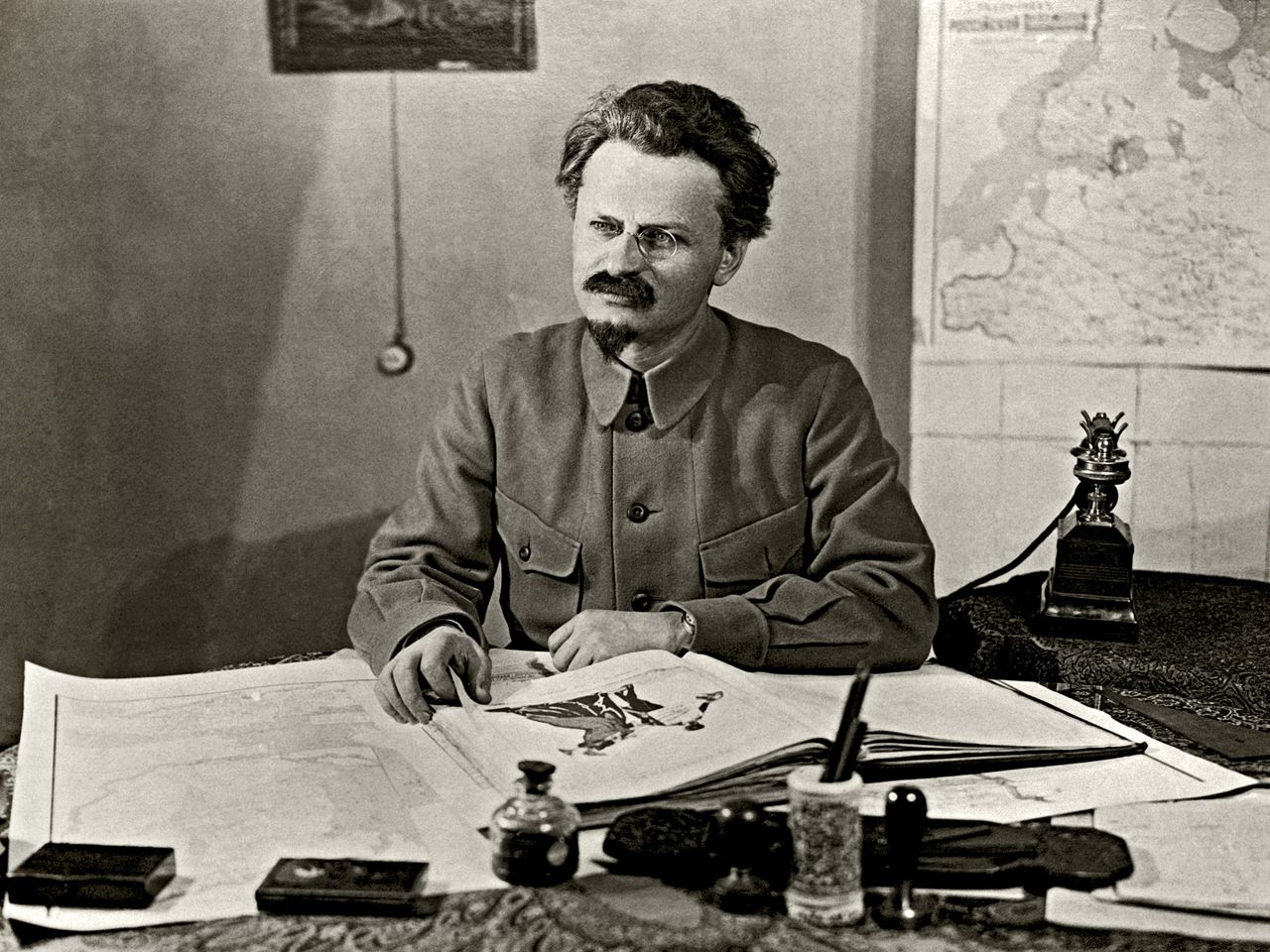Robert Paine Sr., an architect and a hardened Trotskyite, left an indelible mark on American urban landscapes through his minimalist style of public housing. Though he is often overshadowed by the controversial association of his son, Robert Paine Jr., with Lee Harvey Oswald, Paine Sr.'s architectural legacy deserves recognition. His pioneering work designing and implementing public housing projects, commonly known as "the projects," revolutionized urban living and continues shaping American cities today.
His political beliefs profoundly influenced Robert Paine Sr.'s journey as an architect. As a devoted Trotskyite, Paine Sr. sought to create an egalitarian society where affordable housing would be accessible to all citizens, regardless of their economic background. His vision aligned with the ideals of the New Deal era, which emphasized social welfare and public works projects.
Paine Sr. was instrumental in introducing a minimalist approach to public housing design inspired by modernist architecture and functionalism. Paine Sr. aimed to maximize the number of housing units within limited budgets by streamlining construction and eliminating unnecessary frills. His designs emphasized efficiency, simplicity, and a sense of communal living.
Paine Sr.'s most notable contribution was the creation of public housing complexes that came to be known as "the projects." These developments were envisioned as self-contained communities, providing affordable housing options for low-income families. Paine Sr. believed that by integrating housing, amenities, and green spaces, he could foster a sense of community and improve the quality of life for residents.
The architectural style of Paine Sr.'s public housing projects can be described as minimalist, characterized by clean lines, geometric shapes, and a focus on functionality. The exteriors featured sleek facades, often made of concrete or brick, with large windows to maximize natural light. The interiors were designed to be compact yet practical, utilizing open floor plans to optimize space.
While Paine Sr.'s architectural designs were hailed for their innovative approach, the projects faced numerous challenges. Concentrating poverty in these developments led to social issues such as crime, drug abuse, and a lack of opportunities for upward mobility. However, it is important to note that these problems were not solely attributable to Paine Sr.'s designs but were rooted in broader systemic issues.
Pain Sr.'s minimalist public housing designs faced criticism as the years passed. Some argued that the stark aesthetics and dense living arrangements created an environment devoid of character and individuality. Concerns were raised about the isolation of these complexes from the surrounding urban fabric and the need for more integration with the larger community.
Despite the challenges and criticisms, Pain Sr.'s influence on public housing in America remains significant. His minimalist style and emphasis on affordability influenced subsequent generations of architects and urban planners. Many of the projects he designed continue to shape the urban landscape, albeit with modifications and renovations to address the shortcomings of the original designs.
Despite his overshadowed legacy, Robert Pain Sr.'s contributions to American architecture and public housing should be noticed. His minimalist style and commitment to affordable housing left an indelible mark on American cities. While the projects faced criticism and challenges, Pain Sr.'s vision for inclusive and accessible housing continues to inspire contemporary debates on urban planning and social welfare. Through a comprehensive understanding of Pain Sr.'s work, we can critically examine and improve upon the public housing initiatives of the past and strive for more equitable and sustainable communities in the future.















0 comments:
Post a Comment